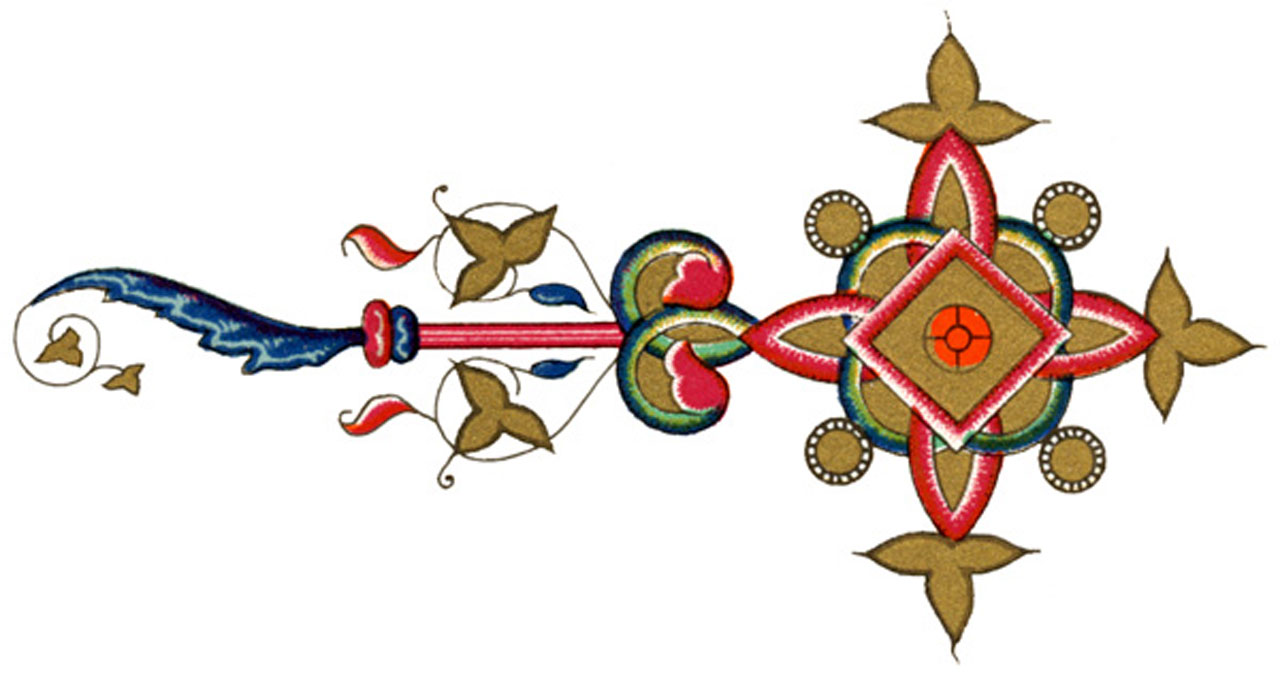- Home
- History of Castles
History of British castles
The History of British Castles tells a fascinating story of power, innovation and architectural evolution. These magnificent fortresses have shaped Britain's landscape and played crucial roles in its political, military, and social development.
Before the Norman Conquest of 1066, fortifications in Britain were primitive compared to what came later. Early structures such as hillforts date back to the Iron Age with many constructed between 800 and 700BC. They were often built on high ground and consisted of a series of ramparts and ditches. Hillforts had a wide range of uses. They provided living space for people, provided storage for grain and other food items and they were used as refuges in times of conflict.
And then came the Roman Invasion. Some hillforts were occupied and used by the Romans and others were destroyed. The full-scale Roman conquest of Britain began in about AD43. They built forts and fortresses all over the country to provide safe accommodation for their troops. A fine example is Hadrian's Wall. Built by the Romans in AD122-232 it stretches 73 miles, coast to coast. Military forts at 5 miles intervals were built along its length to keep the enemy out.

MEDIEVAL CASTLES
The Middle Ages
The Normans settled in England in 1066 and would change the British Landscape forever. The victory of William the Conqueror at the Battle of Hastings in 1066 led to a new age of castle construction. William ordered the construction of castles throughout the country to control and defend the newly aquired territory and the English could put up only a weak resistance.
The first Norman castles were made of motte and bailey, a mound of earth underneath a timber or stone tower which was surrounded by a large ditch. The material was cheap, quick to build and easy to source, however they were vulnerable to attacks and were not long lasting. Early motte and bailey castles which can be visited today include Durham Castle, the Tower of London and Windsor Castle.
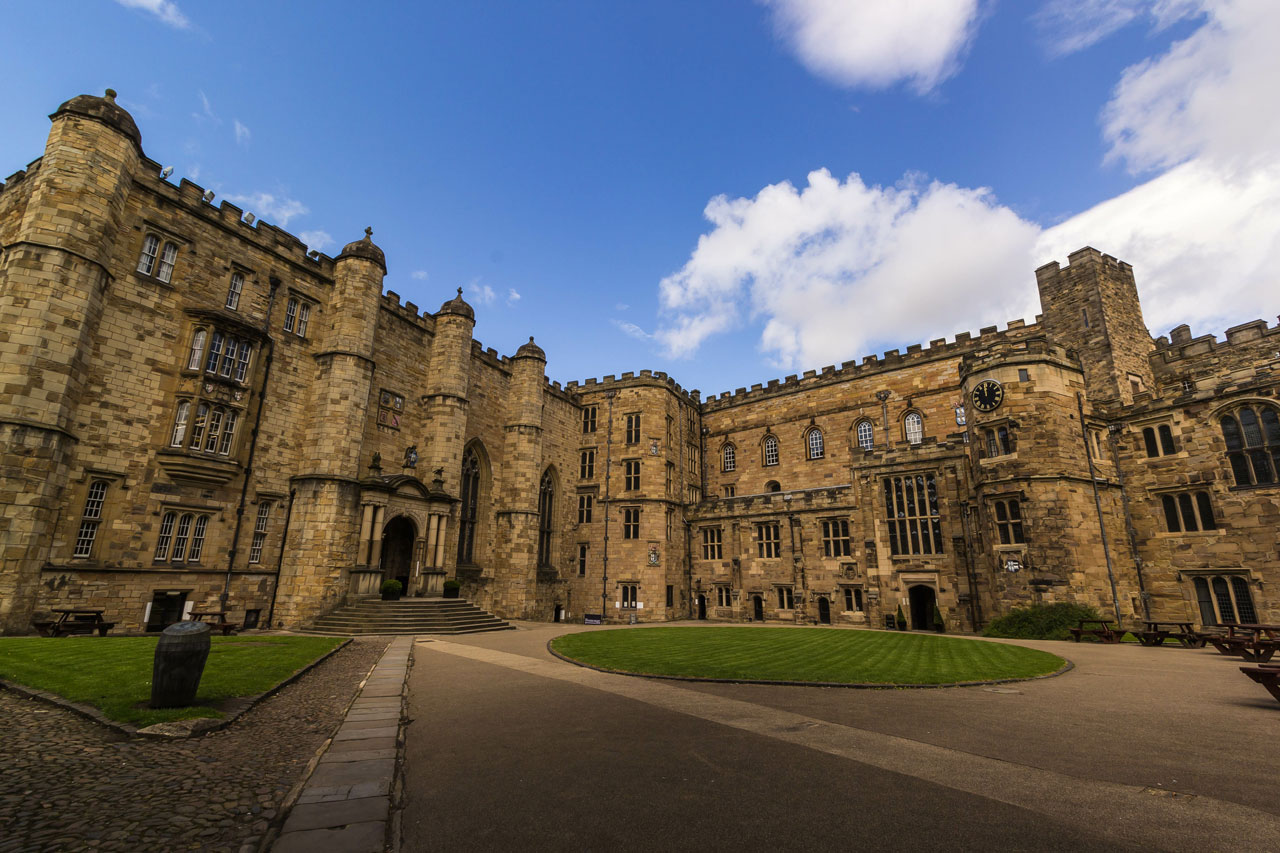
Durham Castle
The 12th Century saw significant advancements in castle design and more and more castles began to be built in stone. The focus shifted to outer defences and gatehouses. Circular towers were built which offered better visibility and enclosure walls were added.
A formidable castle design was the concentric castle which was a stone castle with two rings of outer walls, one inside the other. Beaumaris Castle is a good example of a concentric castle.
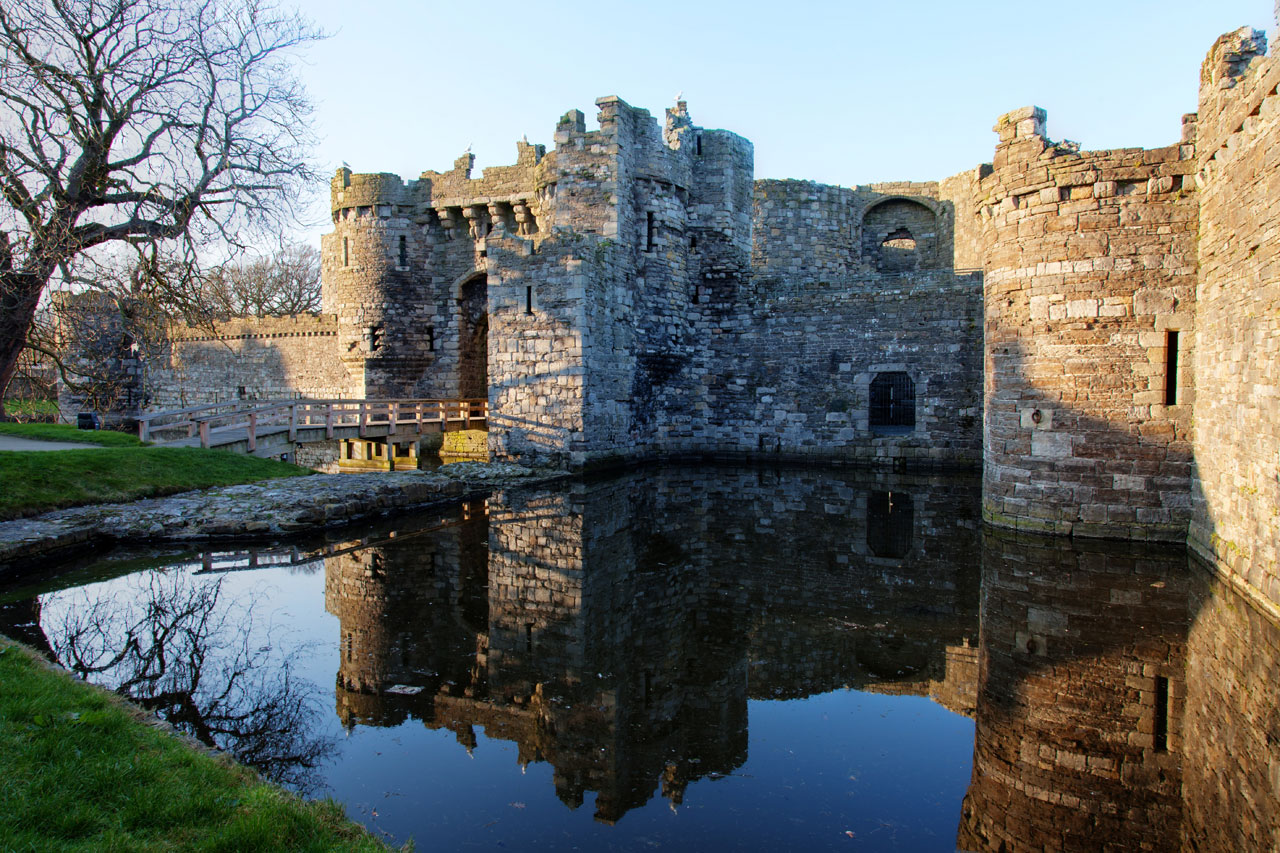
Beaumaris Castle
As the Normans made their claim through England, castles took on a variety of roles.They were used for local governments, centres of administration, justice and used by Lords to display their wealth.
The majority of castles and land were granted by the King to his trusted Lords and Nobles in return for administration of the lands on his behalf. Castles became the center of activity for locals and were of significant importance not only for defence, but they gave a sense of security to a community and were important in maintaining order.
See our Castle Life page for more information about the roles people had and what went on behind castle walls.
reign of Edward I
The great age of castle building occurred during the reign of Edward I ( 1272-1307 ). His campaign to conquer Wales resulted in the construction of magnificent castles like Beaumaris, Caernarfon, Conwy and Harlech, which remain impressive examples of medieval military architecture.
Typically, these fortresses were of a concentric design with a central Tower or Keep, an inner wall surrounded by one, or many outer walls. Moats often surrounded the entire concentric structure. As such, medieval Welsh castles featured heavy defences.
The strategy of building these elaborate fortresses was due to King Edward's determination to maintain a tight reign over Wales. This started in 1278 and was accompanied by the building of fortified townships and leaving no doubt in the minds of the Welsh who their new ruler was.
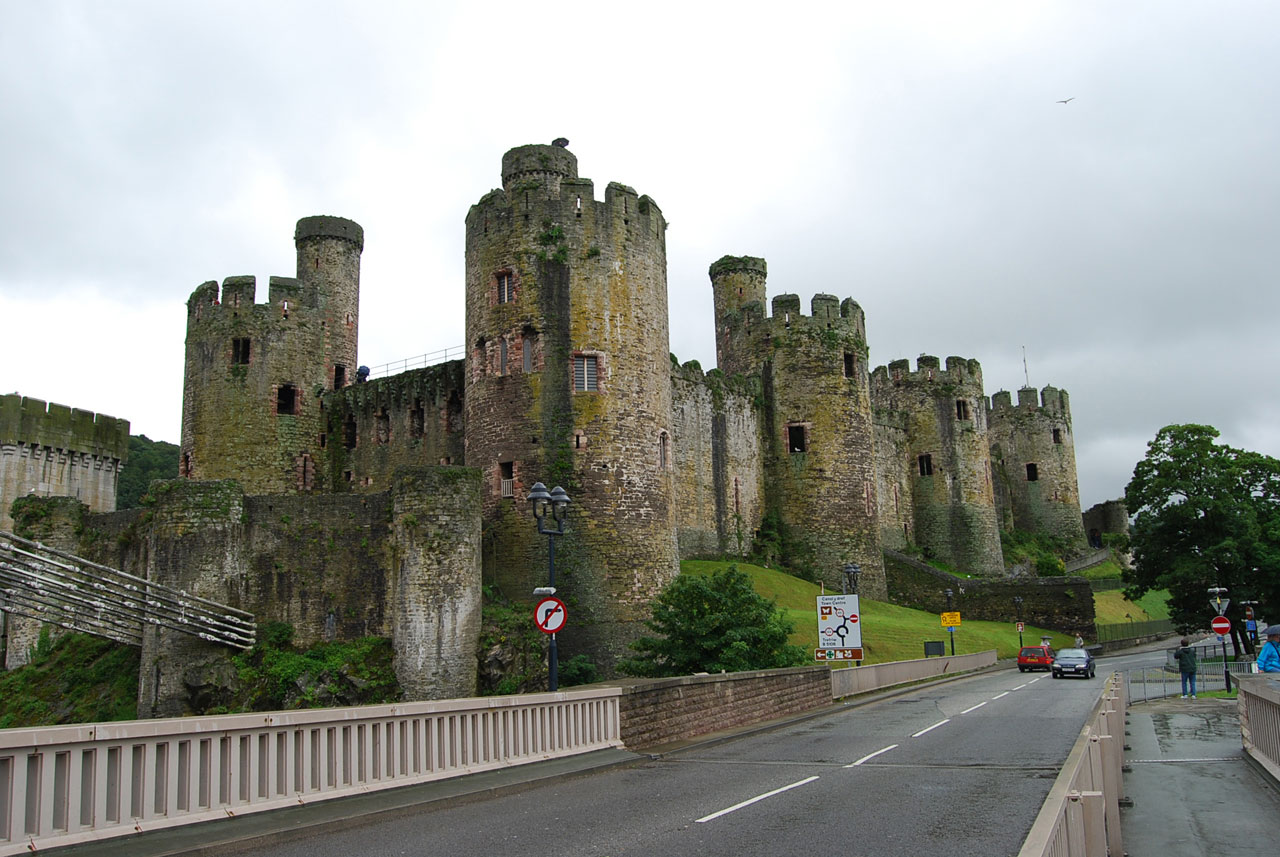
Conwy Castle
The primary role of many early fortifications was to defend conquered territories. Thus, the location of the castle was of utmost importance. Castles were initially built in towns to be the center of the population.
Later, castles were often built on ancient hillfort sites as the high ground combined with extensive views over the surrounding land provided a great advantage over the enemy.
But stone castles also had their disadvantages. They were expensive to build and maintain, they could easily be attacked from beneath and could easily be damaged by weapons such as the trebuchet.
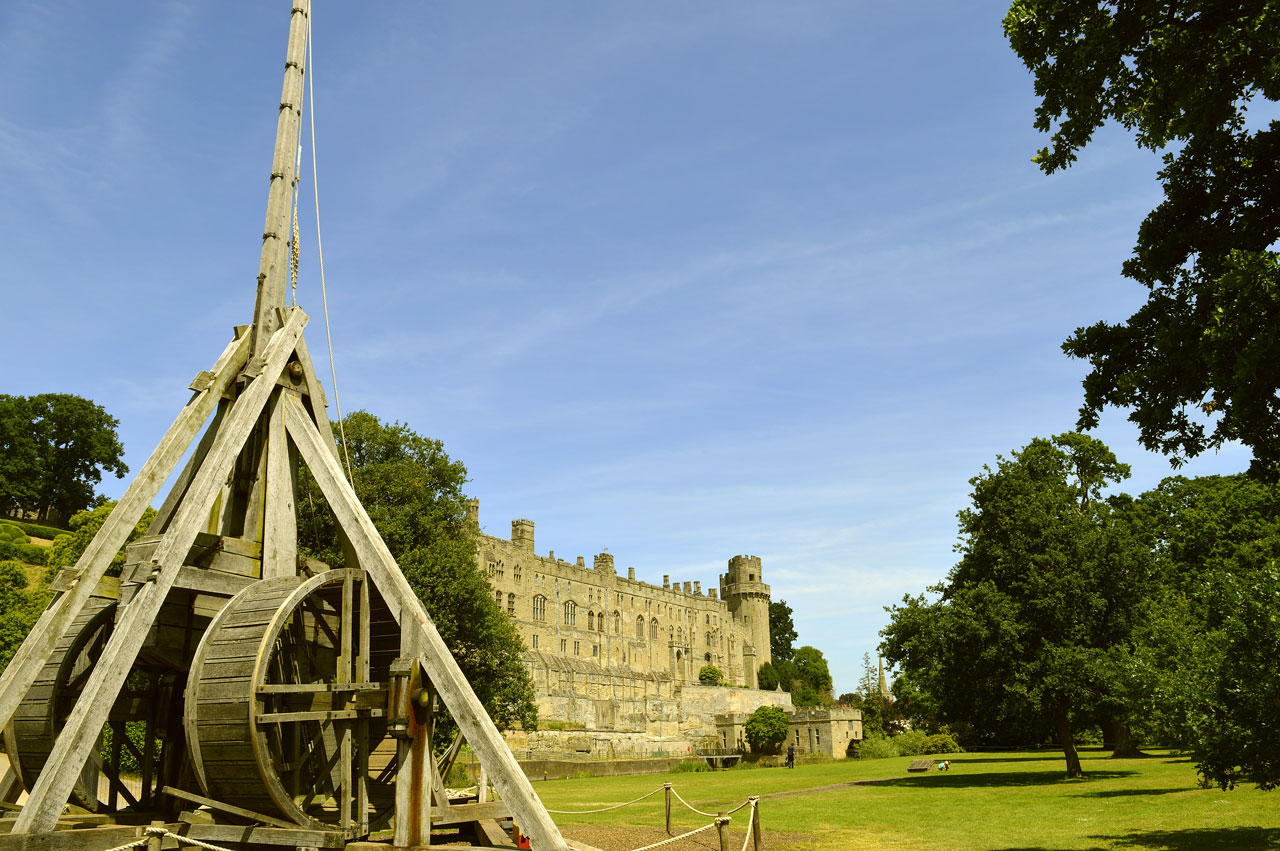
Trebuchet at Warwick Castle
LATE MIDDLE AGES AND TUDOR PERIOD
During the 14th and 15th century and the Tudor period which spanned from 1485 to 1603 castles became more comfortable. Older castles were updated with bigger windows and large extensions. The medieval household became more numerous and the castle owner wanted more comfort, more luxurious living quarters and more privacy.
Their interiors were often painted and decorated with tapestries and in wealthier castles the floors would be tiled. But at the same time costs of maintaining and staffing a modern castle were increasing and the number of castles diminished.
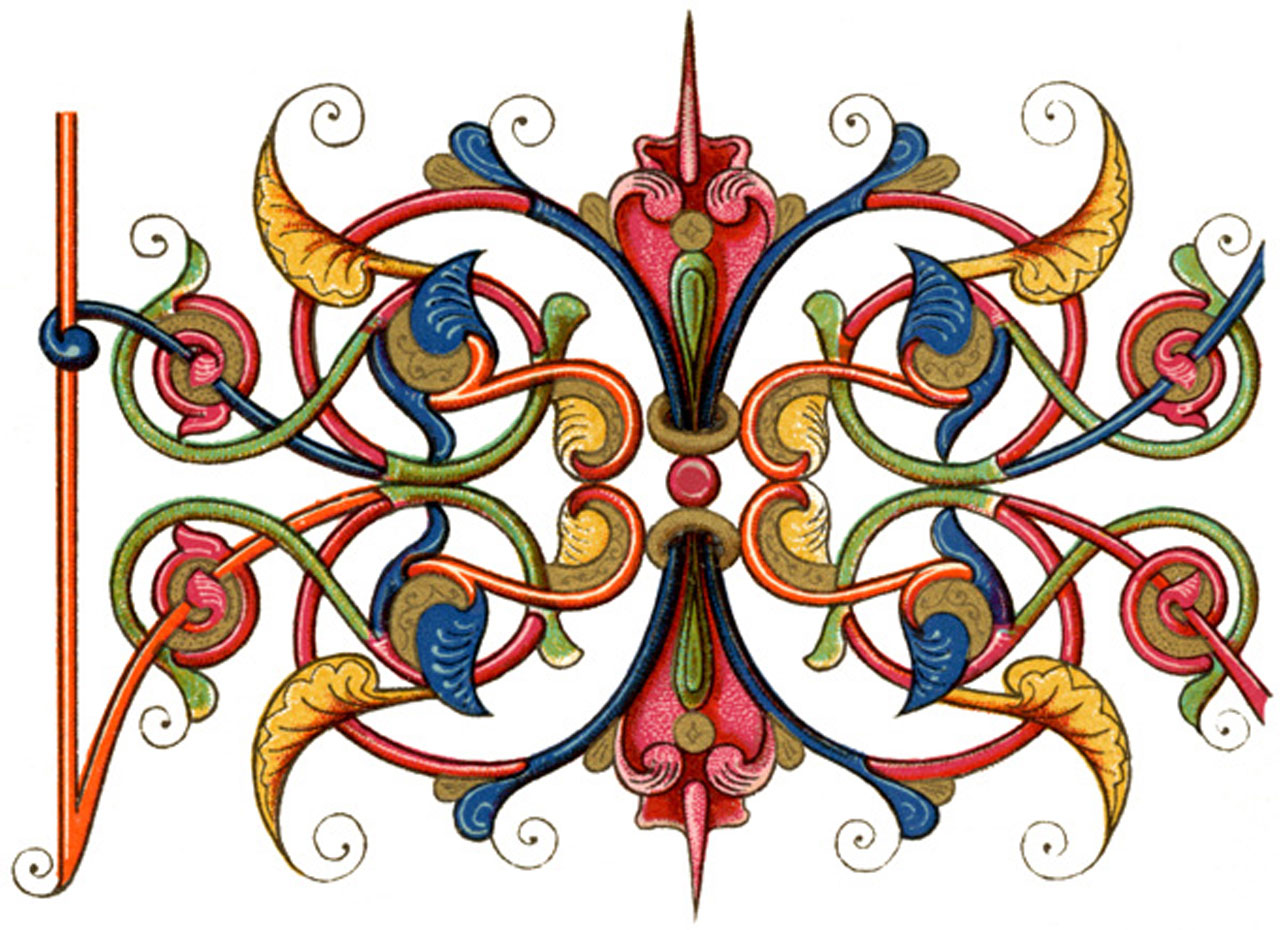
Castle design changed with the developments in military technology. With the advent of gunpowder cannons became the preferred siege weapon as they were highly effective in causing a lot of damage. Castle designer's response was to build thicker walls but cannons became increasingly stronger and made castles very undesirable places to live in.
As a result permanent artillery fortifications were built which began to take over the defensive role of castles. Warfare changed and most conflicts were now resolved by pitched battle rather than siege.
The English Civil War (1642-1651) represented the last time many British castles served their original military purpose. Many were deliberately damaged afterward to prevent their future military use.
Following the Civil War, numerous castles fell into disrepair or were dismantled. Others were transformed into stately homes or abandoned as ruins, slowly deteriorating over centuries. The decline of " true castles " began.
Victorian era
The Victorian era of Queen Victoria's reign from 1837 to 1901 brought renewed interest in medieval architecture. Many ruined castles were restored, though often with romantic embellishments that reflected Victorian ideals rather than historical accuracy.
castle building in scotland
Castle building in Scotland didn't flourish until the late 12th century. Early Scottish castles typically comprised of a square stone fortified structure which was crenelated and often surrounded by a walled courtyard.
During the reign of David I David realised the advantages that castles brought to the Normans. He invited several Nobleman from England and granted them titles and lands, after which Norman castles began appearing throughout Scotland's countryside. Typically, Scottish castles were used as wealthy family homes, with some serving as military fortifications.

Kilchurn Castle, Scotland
Today, British castles are powerful reminders of the nation's rich history. Many are preserved by organizations like English Heritage and the National Trust, allowing visitors to explore centuries of British history.
Each castle tells a unique story of conflict and conquest, art, culture and innovation and offers insights into a bygone era. Many castles host special events, medieval fairs and historical reanactments, offer interactive exhibits and educational programs, making history accessible to visitors of all ages. Children particularly enjoy exploring dungeons, climbing towers, and learning about medieval warfare.
You might be a history enthusiast, a family on vacation, or an international traveller, the history of British castles offers something for everyone. Explore further to discover the captivating stories that these ancient walls hold. You certainly are spoiled for choice
See our Castle Guide to learn more about their fascinating past and visit some of our favourite English, Welsh and Scottish castles.
English Heritage have a terrific article on the key periods in England's past. Well worth a read.
.
